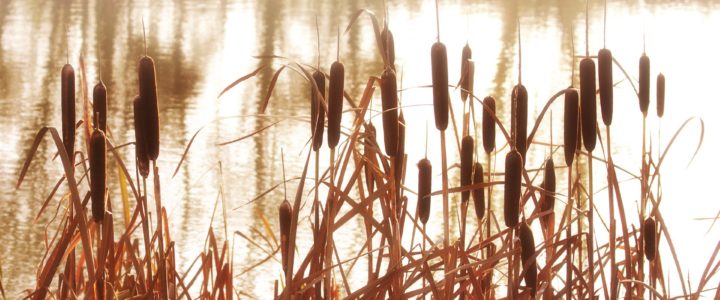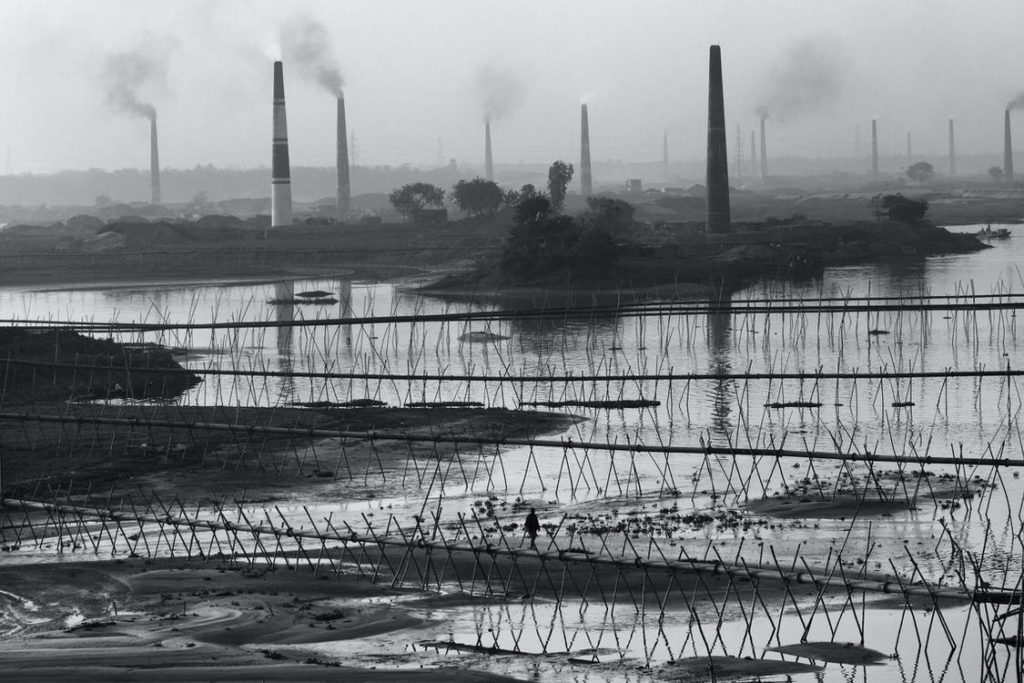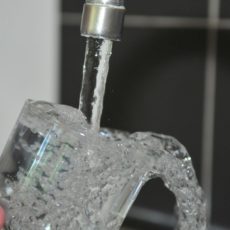
Did you know wetlands—ecosystems flooded by water—sustain humanity and nature? Wetlands protect shores from wave action and storms, minimize the impact of floods, provide genetic resources for medicines, increase our water quality by removing pollutants, sequester carbon, and provide both terrestrial and aquatic species habitats. In addition to plants and animals, humans also depend on wetlands. Between 300 million and 400 million people live close to wetlands and depend on them for food security; for instance, wetlands support the cultivation of rice, which is a staple food in the diet of half of the world’s population.

Despite the importance of the world’s wetlands to the human population, a study published by the U.S. Fish and Wildlife Service in 1990 revealed that more than half of the 221 million acres of wetlands that existed in the 1700s in the contiguous U.S. states have been destroyed. As wetlands continue to disappear, cities are forced to spend more money to treat water for their citizens, floods become more damaging to nearby communities, storm surges from hurricanes may penetrate more inland, animal species are displaced or become extinct, and food supplies and livelihoods are disrupted.
If it is not clear, the message is we need to save our wetlands from destruction.
To raise awareness about the extreme importance of wetlands for humanity and the planet, every year on the 2nd of February, World Wetlands Day (WWD) is celebrated. This day also marks the date of the 1971 Ramsar Convention, an international treaty for wetlands protection. Today, there are more than 2,000 wetlands, which cover 476,000 acres of land, that are designated as Wetlands of International Importance. Arguably, wetlands are the ecosystem that all life around the world depends on the most for its consumption of freshwater and yet humanity is destroying wetlands with water drainage, pollution, unsustainable use, disruptive flows from dams and sediment dumping from deforestation, and soil erosion upstream. Consequently, the theme for this year’s 2021 WWD is to highlight wetlands as a source of freshwater and in so doing promote actions to restore wetlands and stop their destruction.

Water is the defining feature of wetlands. It is present all year round or for varying periods of time. The water within the wetland varies from static, flowing, fresh, brackish, to saline. Wetlands include swamps, marshes, billabongs, lakes, lagoons, saltmarshes, mudflats, mangroves, coral reefs, bogs, fens, and peatlands. Water saturation determines how the soil develops and the various types of plants and animal species that live in and on the soil. These species can include birds like ibises, flamingos, ducks, geese, and sandpipers who use wetlands as pit stops during long migrations, and also mammals like otters, tigers, sloths, beavers, and waterbuck.

Besides providing habitats for animals to use for migration and reproduction, wetlands also act as natural water filters. They trap pollutants like phosphorus and heavy metals in their soils, transform dissolved nitrogen into nitrogen gas that provides nutrients to plants, and break down suspended solids to neutralize harmful bacteria. Utilizing wetlands can help regions save money instead of installing wastewater treatment plants to remove pollutants. For example, New York City discovered that it could save between $3 to $8 billion in new wastewater treatment plants if the city purchased and preserved $1.5 billion in land around reservoirs in upstate New York.
Another reason why wetlands are vital sources on Earth is that they combat climate change with their incredible carbon capturing abilities. Wetlands can store 50 times more carbon than rainforests, which helps keep carbon out of the atmosphere. This is crucial as carbon is a greenhouse gas. Specifically, wetlands strain matter like leaves and animal waste that contain carbon from the water, and then bury this natural debris and sediment in the wetland. In other words, the carbon matter is locked in the soil for quite a long time especially because wetlands have long lifespans as they grow rapidly and are sturdy.

Wetlands are also critical during floods. Wetlands act like sponges during floods, meaning they absorb water during storms or whenever water levels are high, and when water levels are low wetlands slowly release water. A one-acre wetland can store 330,000 gallons of water to a depth of one foot! Wetlands thereby provide erosion control, reduce storm impact, and help keep river levels normal.
Wetlands are clearly a significant resource for all life on Earth. So, lets celebrate these incredible ecosystems each February 2nd and never forget their dire importance to the habitats they provide for thousands of terrestrial and aquatic species, food production, water quality improvement via water purification, shoreline erosion control, freshwater supply, and so much more.


